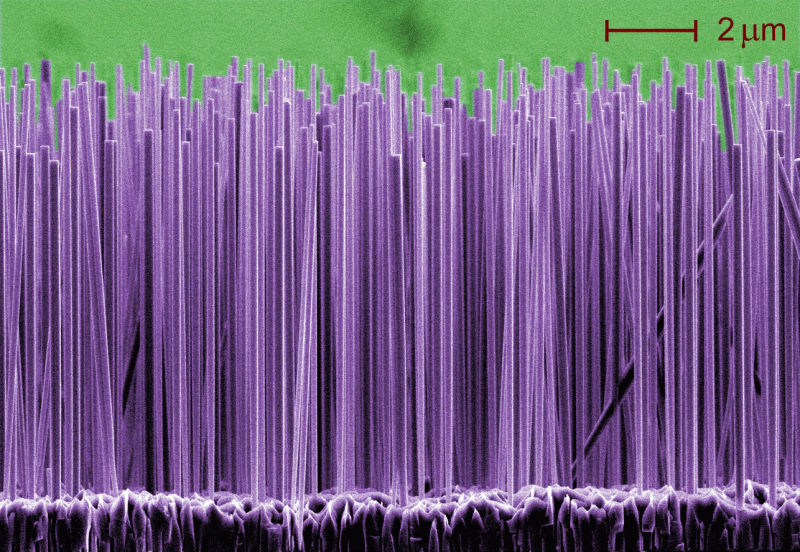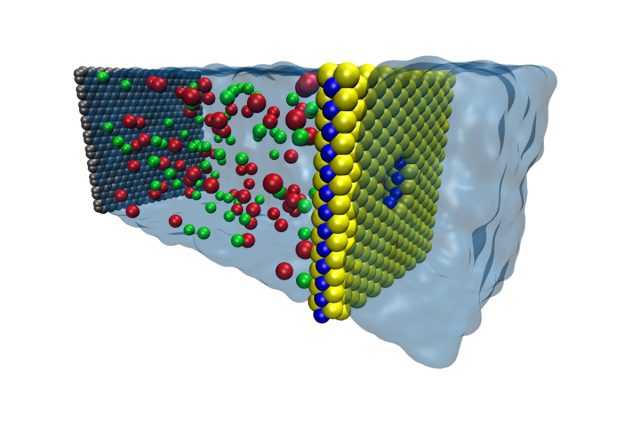
Enlarge (credit: Joe Murphy)
Most of us are accustomed to the comfort of an air-conditioned or heated shelter, providing temporary relief from an outdoor climate that's often less than desirable. Such heating and cooling actually dominates residential and commercial energy consumption, accounting for a whopping 12.3 percent of total US energy use. As a result, emissions from maintaining our indoor environment affect the global climate outdoors.
But what if we heated or cooled people rather than spaces? Researchers exploring “personal thermal management” focus on providing heating or cooling directly to the human body. This approach reduces energy consumption that is largely wasted when providing climate control for an entire building, resulting in higher energy efficiency. Recently, scientists have developed a cost-effective textile that, when made into clothes, could provide a personal thermal management system.
Basic system requirements
Personal thermal management systems require careful control of the process of heat dissipation from the human body. At normal skin temperatures (typically 34 degrees Celsius), the human body emits infrared radiation (IR) with a peak emission at a 9.5µm wavelength. Dissipation of this radiative heat accounts for more than 50 percent of total body heat loss indoors.







